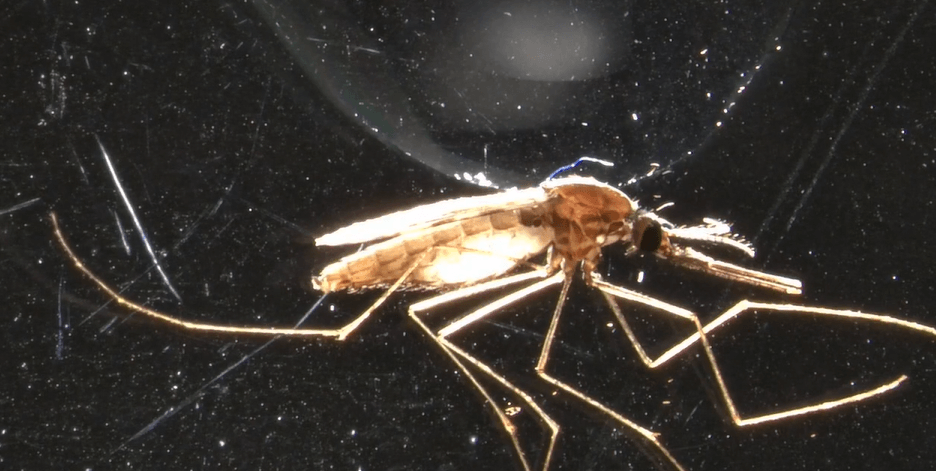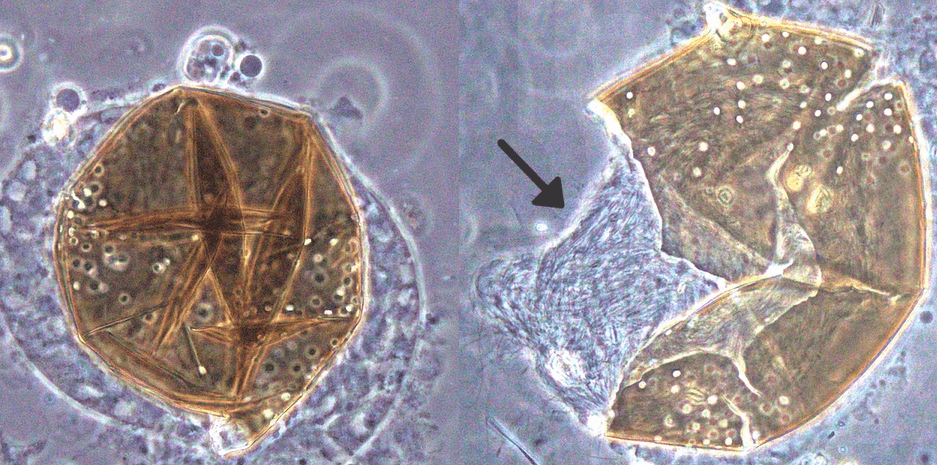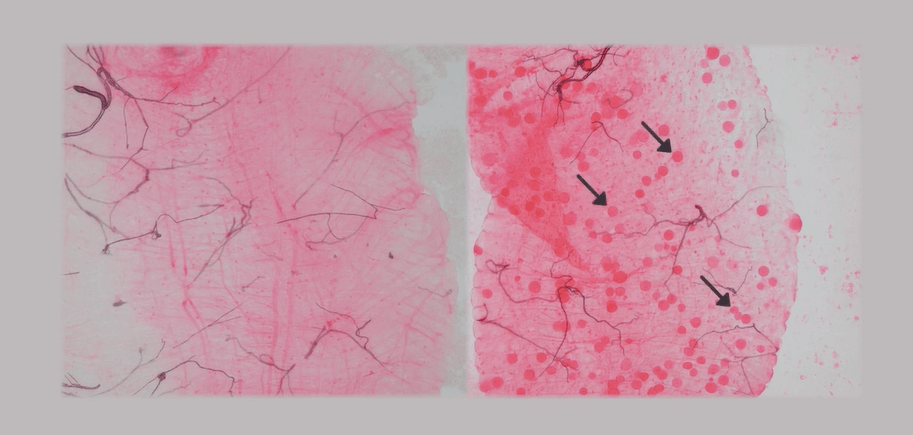How to dissect a mosquito

For World Mosquito Day 2023, we shared a video answering the question Is it possible to dissect a mosquito? To answer the question simply: yes, it is possible to dissect a mosquito, but very carefully.
Mosquitoes are dissected to learn more about their anatomy and function. Two organs that are important for their studies are the spermatheca (where the sperm is stored after mating) and the midgut.

Female mosquito anesthetised. CDC Foundation (from video)
To better picture the anatomy, we recorded a live footage of a dissection. In the video, show a female mosquito that has been anesthetised. To remove the spermatheca, which can be seen through a dissecting scope, the mosquito body is anchored with one pair of fine forceps, using another pair of forceps to gently pull on the last segment of the body to tear it from the body. Internal organs remain attached to this last segment.
Among the first to be released is the spermatheca. The spermatheca is a round black disc that stores sperm transferred from the males to the females during mating.

Spermatheca. CDC Foundation (from video)
On the right we can see a spermatheca from a mated female. The black arrow is pointing at the sperm in the opened spermatheca compared to the one on the left from an unmated female that does not contain sperm.
If you continue pulling on the last segment of the body, the midgut will become visible. The midgut is an essential organ responsible for digesting the blood after the female mosquito has fed. If a mosquito was infected with malaria parasites when consuming their blood meal, the parasites will form oocysts in the gut wall. The midgut can be stained 6 to 8 days after the feeding to check for malaria infection, and the oocysts will look like round dots.

Midgut wall. CDC Foundation (from video)
For example, the midgut on the left is from an uninfected mosquito with no malaria parasites.
On the right, black arrows are pointing at some of the oocysts, indicating the mosquito was infected with the malaria parasite.
To find out more about Target Malaria’s work at the CDC Foundation, please visit here.
